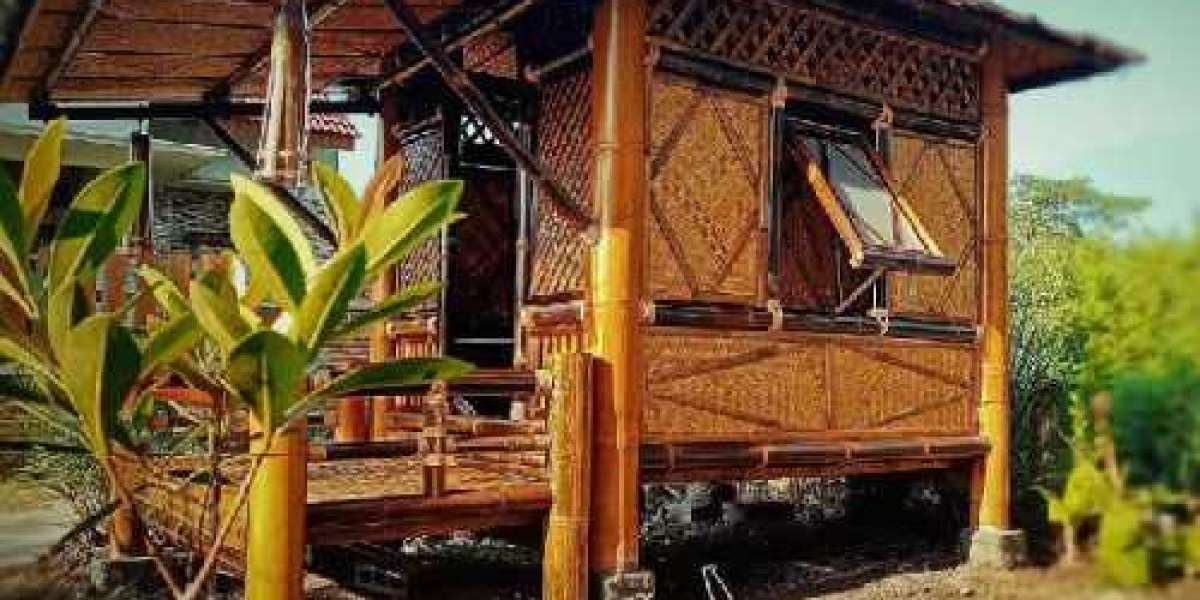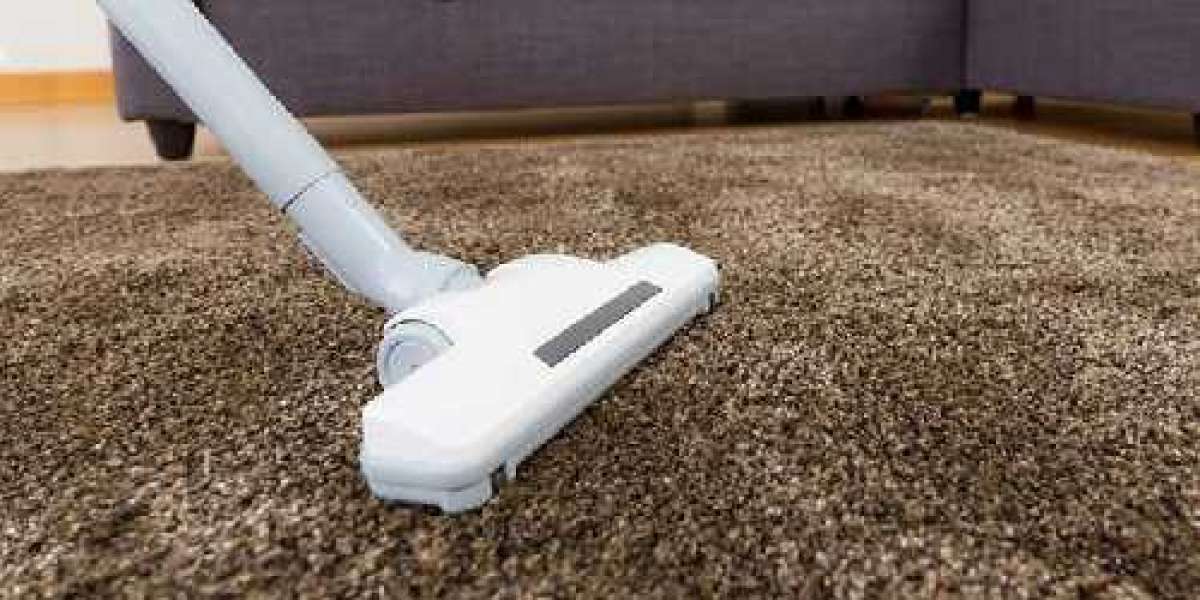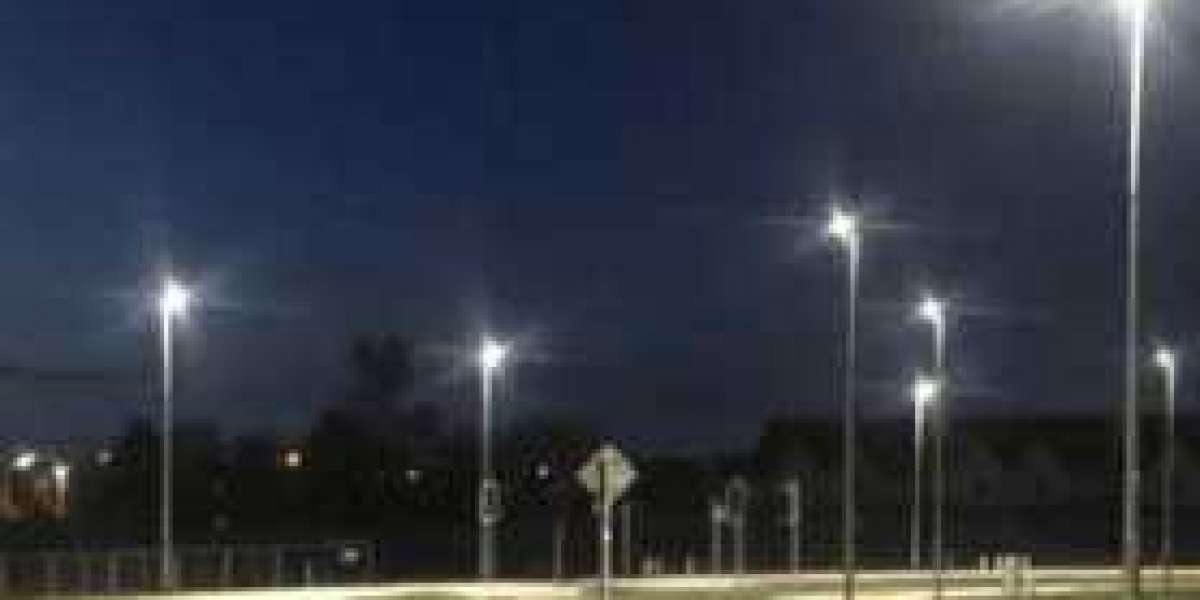Introduction
Bamboo, a versatile and sustainable natural resource, has been used in construction for centuries across various cultures. Its fast growth, strength, and eco-friendly properties make it an attractive material for building houses. While bamboo structures might seem like temporary solutions, modern engineering and preservation techniques have extended their lifespan significantly. In this article, we explore the factors that influence the longevity of bamboo houses and how they can provide a durable and sustainable housing option for the future. how long will a bamboo house last?
The Strength of Bamboo
Contrary to popular belief, bamboo is not just a flimsy plant; it possesses impressive strength and durability. Its tensile strength surpasses that of many traditional construction materials, including steel, and its flexibility allows it to withstand strong winds and minor earthquakes without breaking. When properly treated and engineered, bamboo can have a lifespan comparable to conventional wooden structures.
Preservation Techniques
To ensure the longevity of bamboo houses, it's crucial to employ preservation techniques that protect the bamboo from decay and pest infestations. The most common method is "boron treatment," where borax and boric acid are infused into the bamboo to make it resistant to termites and fungi. Additionally, proper coating with natural oils or varnishes helps shield the bamboo from moisture and ultraviolet rays, further enhancing its durability.
Environmental Considerations
One of the most significant advantages of bamboo houses is their eco-friendliness. Bamboo is a renewable resource that grows much faster than typical trees used for construction. Harvesting bamboo does not require deforestation, and its regrowth time is significantly shorter than traditional timber. Moreover, bamboo absorbs large amounts of carbon dioxide, making it an excellent ally in the fight against climate change. By choosing bamboo as a building material, individuals contribute to sustainable living and reduced carbon footprints.
Climate and Maintenance
The climate in which a bamboo house is located plays a vital role in determining its lifespan. Bamboo structures can last longer in dry climates than in wet and humid environments. Moisture is the primary enemy of bamboo, as it can lead to rot and decay. Therefore, regular maintenance is essential to preserve its integrity. Properly maintained, a bamboo house can last for several decades.
Design and Engineering
The design and engineering of a bamboo house are paramount to its longevity. Incorporating proper foundations, appropriate structural support, and adequate ventilation are essential to ensure the structure's stability and longevity. Engineers and architects are continually developing innovative ways to enhance the strength and durability of bamboo buildings, making them more resistant to external forces and environmental challenges.
Examples of Long-lasting Bamboo Structures
Throughout history, numerous bamboo structures have stood the test of time. One notable example is the "Green Village" in Bali, Indonesia, where bamboo houses have been thriving for over a decade. Another remarkable instance is the Bamboo Pavilion in China, which stood strong for two years during the Shanghai Expo and demonstrated the material's strength and potential.
Conclusion
Bamboo houses are not just temporary shelters; they have evolved into a viable and sustainable housing option with proper design, engineering, and maintenance. Their longevity depends on factors such as climate, preservation techniques, and structural integrity. As we move towards a more eco-conscious future, bamboo houses offer a remarkable solution for sustainable living and an enduring testament to the strength and versatility of this remarkable natural resource. Embracing bamboo as a construction material is not only a choice for individual homeowners but also a step towards building a more sustainable world for generations to come.








